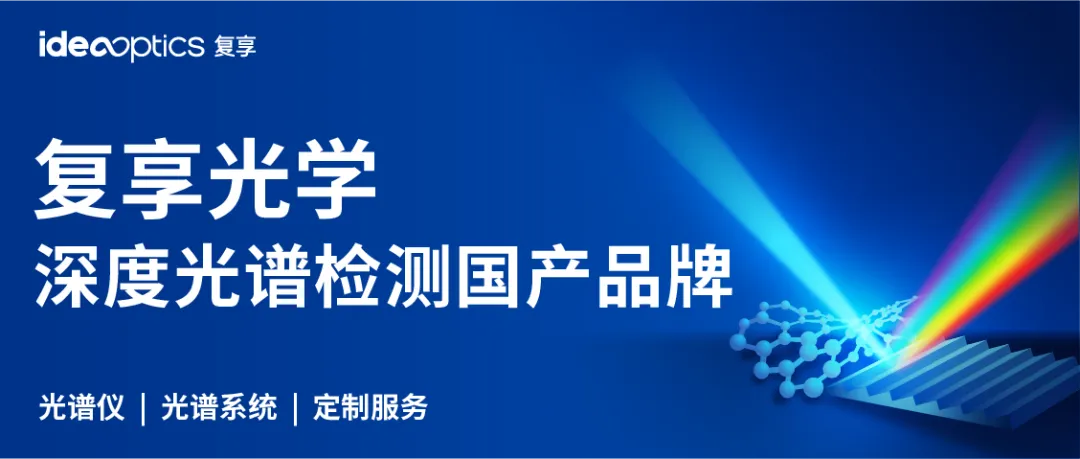
Banner
Health Display is an important topic of common concern for both ordinary consumers and display practitioners, representing a high-level pursuit in the development of display technology. Displays are ubiquitous in our daily lives, and as society progresses, products related to displays are becoming increasingly diversified. The widespread application of displays has increased people’s viewing time, and diseases related to display usage, such as myopia, are becoming more common. Reports indicate that the percentage of myopia in children surged from 10.5% before the COVID-19 pandemic in 2019 to 45.9% in 2020. Changes in blinking patterns due to prolonged indoor display usage, as well as the harmful effects of blue light from displays on the human eye, are likely key factors contributing to the adverse health effects of displays. Therefore, it is necessary to analyze the technical requirements for health displays from the perspective of human health and summarize the main display technologies related to health displays, thereby promoting the development of health display technology.
Recently, Dr. Ji Honglei from TCL and Senior Engineer Zou Wencong from Skyworth, in collaboration with the Hefei Innovation Research Institute of Beihang University, Beijing Shengwei Cultural Communication Co., Ltd., Zhijing Technology (Beijing) Co., Ltd., Shenzhen Polar Light Technology Co., Ltd., Dongguan Kaijiawei Optoelectronics Co., Ltd., the China Electronic Video Industry Association, and the National Institute of Standards and Technology, published a review article titled “Health Display: From Concept to Technical Requirements” in the 9th issue of the journal “Liquid Crystal and Display” (indexed in ESCI and Scopus, a core Chinese journal) for 2024, which was selected as the cover article for that issue.
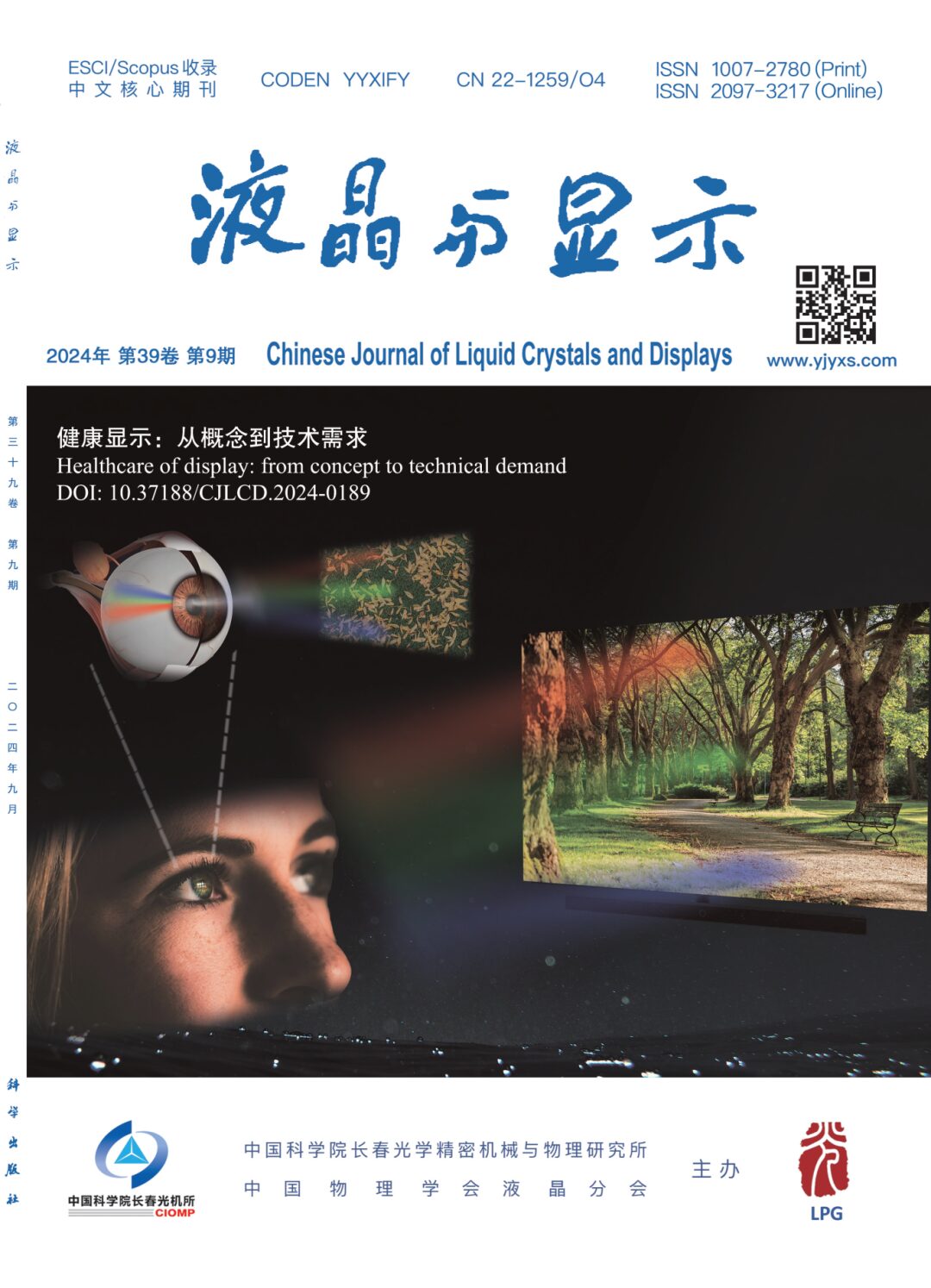
Figure 1: Cover of the 9th issue of “Liquid Crystal and Display” in 2024
The article introduces the concept and connotation of health displays, particularly analyzing the technical requirements from the perspective of human health; it summarizes the main display technologies related to health displays, such as low blue light, beneficial red light, high color gamut, high dynamic range adjustment, low glare, flicker-free, and high refresh rate. Based on this, it discusses three technical dimensions for enhancing health displays, including: spectral adaptability, brightness adaptability, and frequency adaptability, and proposes major technical strategies and development directions for future health display enhancements.
Health display refers to optimizing the technical design dimensions of display products by considering human health needs, through technological innovations and establishing viewer guidelines to reduce discomfort caused by viewing displays. As shown in Figure 2, it presents the conceptual framework of health display. The above parameters mainly describe the three aspects of spectral adaptability, brightness adaptability, and frequency adaptability, which are the main technical dimensions considered in health display.
The human eye is the primary window for receiving display information, and healthy eyes are crucial for good visual quality and comfort. Health issues related to displays include: display comfort, dry eye syndrome, eye diseases caused by blue light, and hormonal changes.
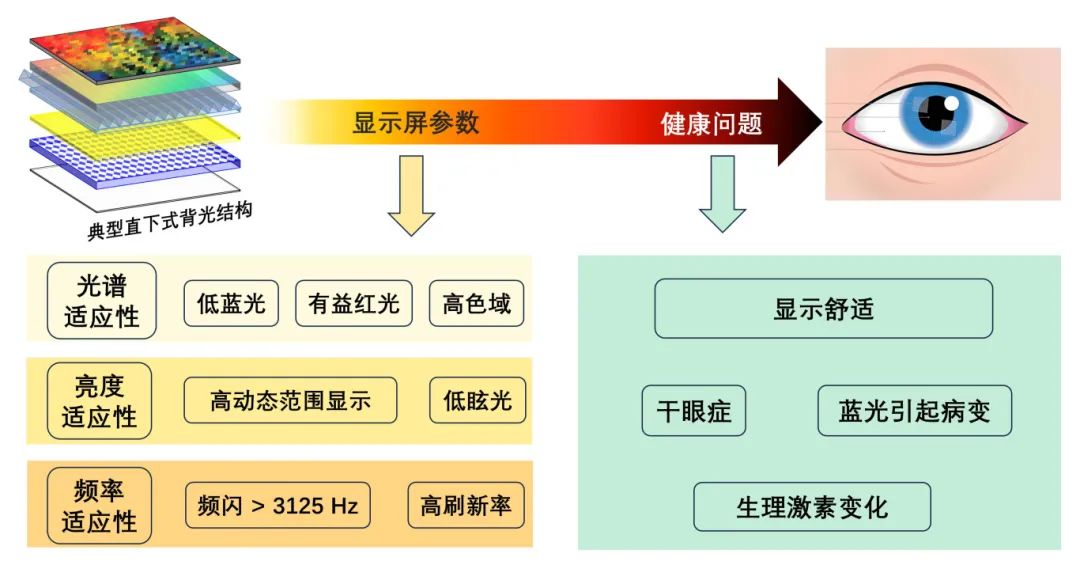
Figure 2: Conceptual framework of health display: the relationship between top-level health display needs and display performance
Image source: Liquid Crystal and Display, 2024, 39 (9): 1192-1204. Fig. 1
As shown in Figure 3, it summarizes the relationship between health display and eye health. This article analyzes the factors affecting visual display comfort from the perspective of optimizing display parameters, including: ① Spectral adaptability: blue light, red light, color gamut. ② Brightness adaptability: active brightness adjustment includes high dynamic range (HDR) adjustment, passive reflection includes glare. ③ Frequency adaptability: flicker, screen refresh rate. It proposes some possible optimization measures around the goals of health display.
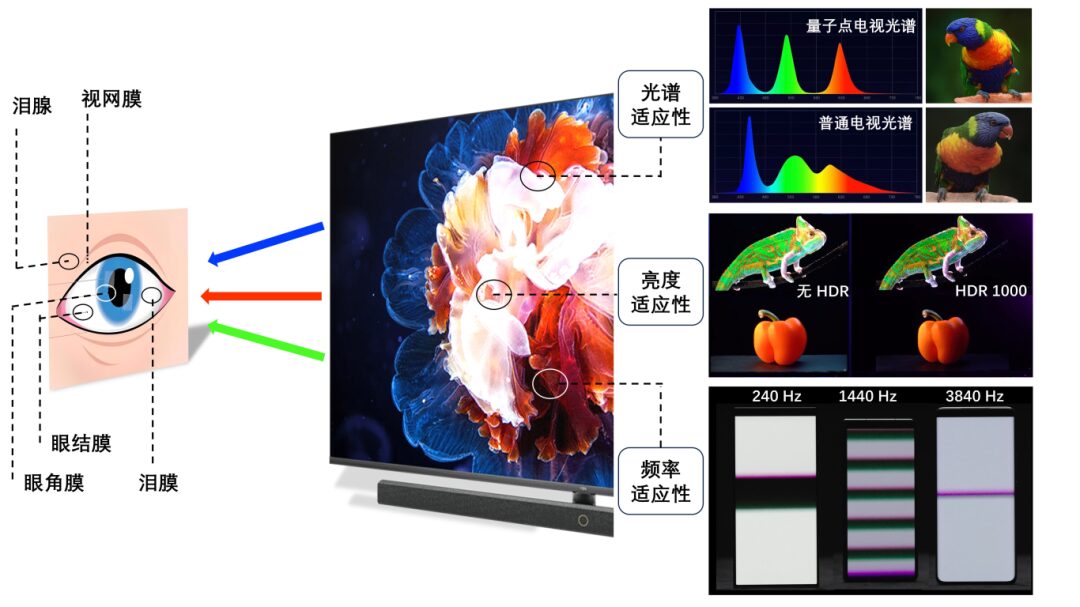
Figure 3: Overview diagram of the relationship between health display and eye health
Image source: Liquid Crystal and Display, 2024, 39 (9): 1192-1204. Fig. 2
2.1.1 Blue Light
Blue light’s impact on human health has received widespread attention. Firstly, we need to clarify that blue light is not absolutely harmful. Blue light exposure affects many physiological functions in the human body, can be used to treat circadian rhythm and sleep disorders, and is an important light for promoting the development of children’s eyeballs.
The harm of blue light mentioned in this paper refers to the damage caused by prolonged, high-intensity exposure to artificial LED light sources, which have issues such as narrow-band emission, concentrated energy, and high peak intensity, which significantly differ from the natural distribution of blue light. Short-wavelength blue light, specifically blue light with wavelengths between 415-455nm, can affect the health of the human eye and the human body. Blocking short-wavelength blue light can reduce visual discomfort or digital eye strain.
2.1.2 Red Light
Red light gain refers to the potential positive characteristics of 650 nm red light in treating amblyopia and myopia—650 nm red light can promote the metabolic activity of retinal cells, enhancing their ability to perceive light, making it a potential tool for improving vision.
According to clinical studies, repeated low-intensity red light therapy can promote blood circulation in the eyes, improving the blood supply to the eye area, thereby enhancing the metabolic level of ocular cells and improving vision. In addition to myopia prevention and control, red light in the range of 606-635 nm can also compensate for the melatonin suppression effect caused by blue light and promote melatonin secretion, while regulating abnormal melatonin secretion.
Based on the potential benefits of red light for the human eye mentioned above, adding a layer of light conversion film inside or on the surface of the display can convert short-wave absorbed light into 650 nm long-wavelength red light, which can reach the human eye through the screen, achieving the effect of moisturizing the eyes and even suppressing myopia.
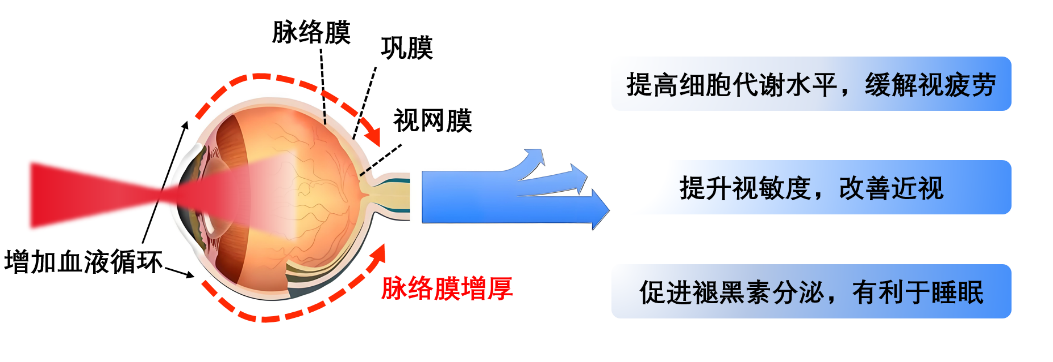
Figure 4: The impact of red light on the human eye and body
Image source: Liquid Crystal and Display, 2024, 39 (9): 1192-1204. Fig. 3
2.1.3 Color Gamut
The higher the color gamut of a monitor, the more colors it can display, which means photos or videos will appear more realistic and colorful, as shown in Figure 5. Low color gamut displays can reduce image quality, making the overall picture appear grayish and affecting viewers’ judgment of actual colors; while high color gamut can restore the true colors of nature, providing outstanding color representation.
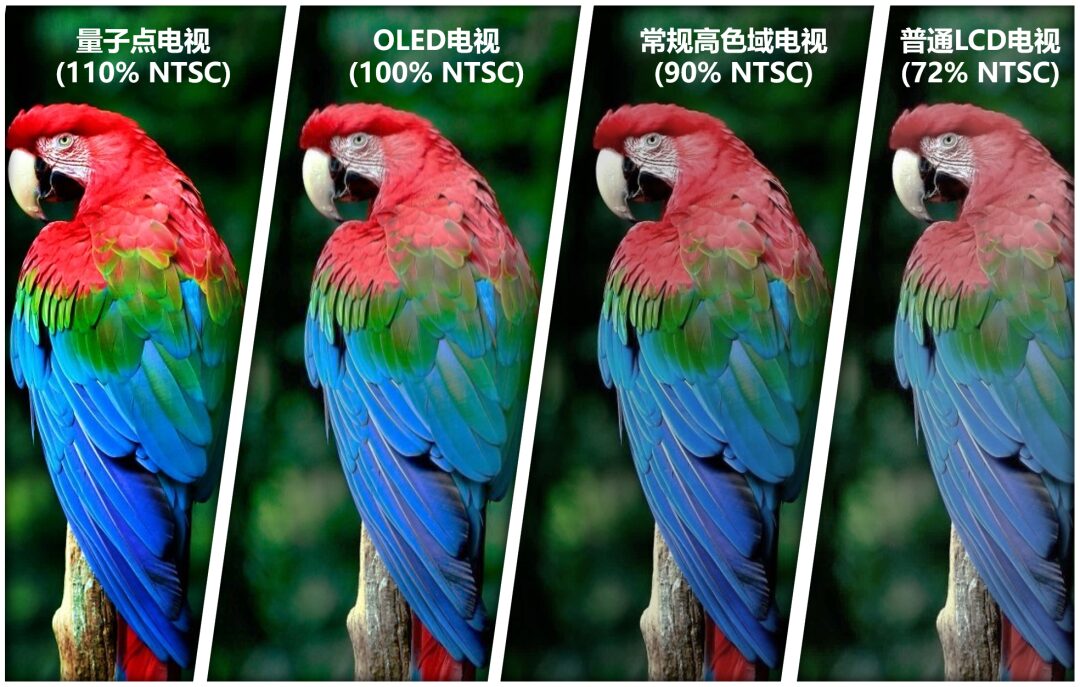
Figure 5: Comparison of display effects with different color gamuts
Image source: Liquid Crystal and Display, 2024, 39 (9): 1192-1204. Fig. 4
2.2.1 High Dynamic Range Display
As shown in Figure 6, it compares the dynamic range of brightness in nature with human visual capabilities. The brightness range in natural environments spans over 14 orders of magnitude; the human visual system can adapt to this dynamic change in brightness, covering most of the natural environment’s brightness range, which is about 10-11 orders of magnitude. However, the human visual system cannot simultaneously view such a large brightness range; the above range only describes the total brightness range that the human eye can recognize. In reality, the dynamic range perceived by the human eye simultaneously is only about 4 orders of magnitude.
The standard dynamic range (SDR) of brightness is much smaller than the range encountered in real life, covering about 2 orders of magnitude, far below the capability of the human visual system. HDR’s coverage is closer to the capabilities of human vision, about 4 orders of magnitude. Therefore, a good display must reach the brightness range that the human eye can perceive simultaneously to express the color degree of the real world more realistically. HDR can maximally restore the dynamic changes of natural scenes on the display, and the higher the HDR parameters of the display, the more realistic and layered the presented image will be, leading to a higher comfort level when viewing the screen, making it a technique for enhancing brightness adaptability.
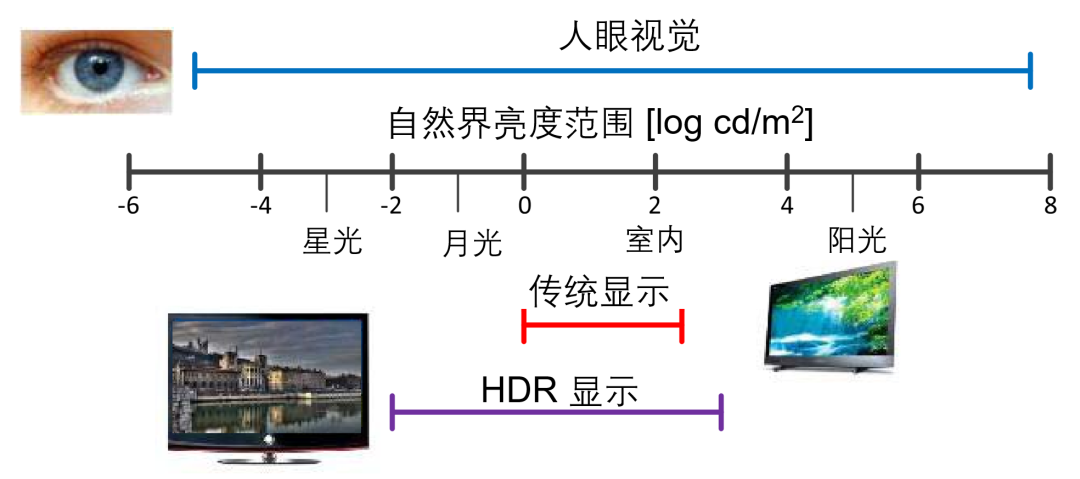
Figure 6: Comparison of the dynamic range of brightness in nature with human visual capabilities
Image source: IEEE Transactions on Circuits and Systems for Video Technology, 2016, 26 (1): 63-75.
2.2.2 Glare
Glare is a common phenomenon in life, caused by uneven light intensity distribution in the field of view, leading to visual discomfort and reduced visibility of objects. When screen glare enters the human eye, it becomes difficult for the eye to adapt to such large instantaneous brightness changes, making it challenging to see the video image on the display. Additionally, excessive brightness and multiple bright light sources illuminating the eyes can cause visual discomfort, blurriness, and other issues related to human or neural comfort. Using anti-glare coatings on screens can reduce glare caused by mirror reflections, enhancing the comfort of screen usage.

Figure 7: A photo of the display screen under a strong light source, showing glare
Image source: Liquid Crystal and Display, 2024, 39 (9): 1192-1204. Fig.7
2.3.1 Flicker
Flicker refers to the continuous fluctuation of light caused by the light source during its emission cycle. The light source of the screen itself does not flicker, but to achieve screen animation playback, brightness changes are required, hence the light source driver circuit is set up to control the rapid turning on and off of the light source. As shown in Figure 8, lowering the brightness of the mobile screen and using a very short exposure time (1/8000 seconds) to photograph the screen reveals more moving bright lines, which is an intuitive observation of flicker caused by pulse width modulation driving technology.
Common driving dimming methods include direct current (DC) driving and pulse width modulation (PWM) driving. DC-driven light sources adjust brightness by changing the current level, which has a small adjustable range but can eliminate flicker issues, thus causing less harm to the eyes. PWM driving technology controls the brightness by periodically changing the duration of current flow, alternating between the backlight source being on and off. When the flicker rate exceeds the critical flicker fusion frequency (50-90 Hz), the human eye cannot perceive the flicker state, mistakenly thinking the screen is always on, while in reality, the display is in a flicker state.
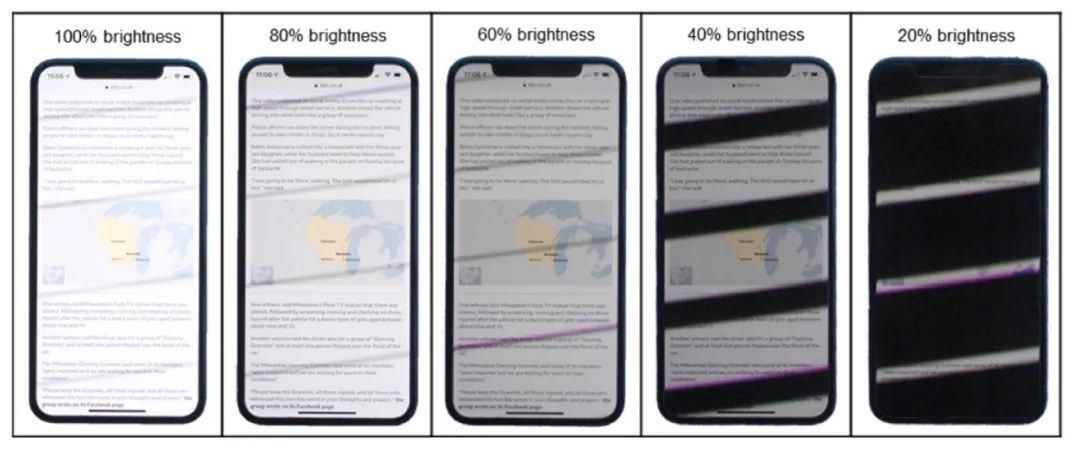
Figure 8: Changing the screen brightness and photographing the mobile screen with an exposure time of 1/8000 seconds
Image source: The Ocular Surface, 2023, 28: 213-252.
The IEEE Power Electronics Society Standards Committee in 2015 proposed a recommended specification regarding the impact of LED flicker modulation on audience health, stating that flickering of light sources is closely related to migraines, visual fatigue, and discomfort, and that long-term exposure to screens with severe flicker will exacerbate visual fatigue, potentially causing illusions in the human eye. According to IEEE lighting standards, flicker frequencies above 3125 Hz are considered risk-free, between 1250 Hz and 3125 Hz are low risk, and below 1250 Hz pose certain risks to the eyes. To achieve health display, DC dimming can be adopted to eliminate flicker or use PWM high-frequency dimming without risk.
2.3.2 Screen Refresh Rate
Refresh rate refers to the number of times the display screen updates images per second, measured in hertz. Generally, the higher the refresh rate, the smoother the image display, providing a better visual experience; a low refresh rate may cause image flicker or instability, affecting eye comfort and causing dizziness. Using displays with higher refresh rates (120-240 Hz) can provide a smoother visual experience, meeting the demands of health display.
This article elaborates on the concept and technical requirements of health display and summarizes future research directions for health display, such as comprehensive spectral adjustment and brightness control, optimizing the visual comfort of displays under different lighting conditions while ensuring spectral adaptability; achieving synergistic optimization of display color performance and visual fatigue; comprehensively optimizing the overall visual experience, enhancing users’ visual health and comfort during prolonged use through human-computer interaction interfaces and user feedback systems. At the same time, we hope this article can draw the attention of industry experts, through a combination of display manufacturers and self-media promotion, to convey knowledge about health displays to industry practitioners and consumers who value health displays, providing more solutions to alleviate health issues such as myopia caused by displays.
Paper Information
Zou Wencong, Jing Yuyu, Han Dengbao, et al. Health Display: From Concept to Technical Requirements[J]. Liquid Crystal and Display, 2024, 39(9): 1192-1204.
https://cjlcd.lightpublishing.cn/thesisDetails#10.37188/CJLCD.2024-0189
Corresponding Author

Zou Wencong, Optical Expert and Senior Engineer at Shenzhen Skyworth-RGB Electronics Co., Ltd. Engaged in LCD and OLED display technology and product development, participated in several provincial and municipal technological research projects. He has won the second prize of Guangdong Province Science and Technology Progress Award, the first prize of Shenzhen Science and Technology Progress Award, and the second prize of Shenzhen Science and Technology Progress Award. He has obtained multiple invention patents and participated in the discussion and drafting of industry standards for the Electronic Video Association. He led the development of self-manufactured OLED modules and completed the launch of several self-manufactured OLED TV products, filling the gap in the domestic OLED self-manufacturing industry.
E-mail: [email protected]

Ji Honglei, LCD Backlight Expert at TCL Electronics, Senior Engineer in electronic components. Joined TCL Electronics Co., Ltd. in August 2010, mainly engaged in the application of new display materials, health display, and ergonomics research. As project leader, completed the Ministry of Science and Technology’s key project on the development and application demonstration of quantum dot backlight key technology, developing the world’s first quantum dot TV equipped with perovskite quantum dots and quantum dot diffusion plates. He has received multiple awards, including the second prize of Fujian Province Science and Technology Progress Award, the third prize of Guangdong Province Science and Technology Progress Award, the first prize of the China Nonferrous Metals Association Science and Technology Progress Award, the first prize of Guangdong Province Electronic Information Industry Science and Technology Progress Award, and the gold award in the high-value patent competition in the Guangdong-Hong Kong-Macao Greater Bay Area. In recent years, he has published 17 papers in journals such as Optical Materials Express and “Chinese Optics (Chinese and English)” and applied for 52 patents, of which 10 are first-inventor patents. He also serves as an expert on the IEC TC110 standard committee, a technical committee member of the SID Beijing Chapter, and a technical committee member of the National Nanotechnology Standards Committee, participating in the formulation of 2 international standards and 4 group standards.
E-mail: [email protected]
Supervisor: Zhang Ying